With The INS Vikrant, India Joins A Small Group Of Countries That Can Build Aircraft Carriers: Which Are These Nations?
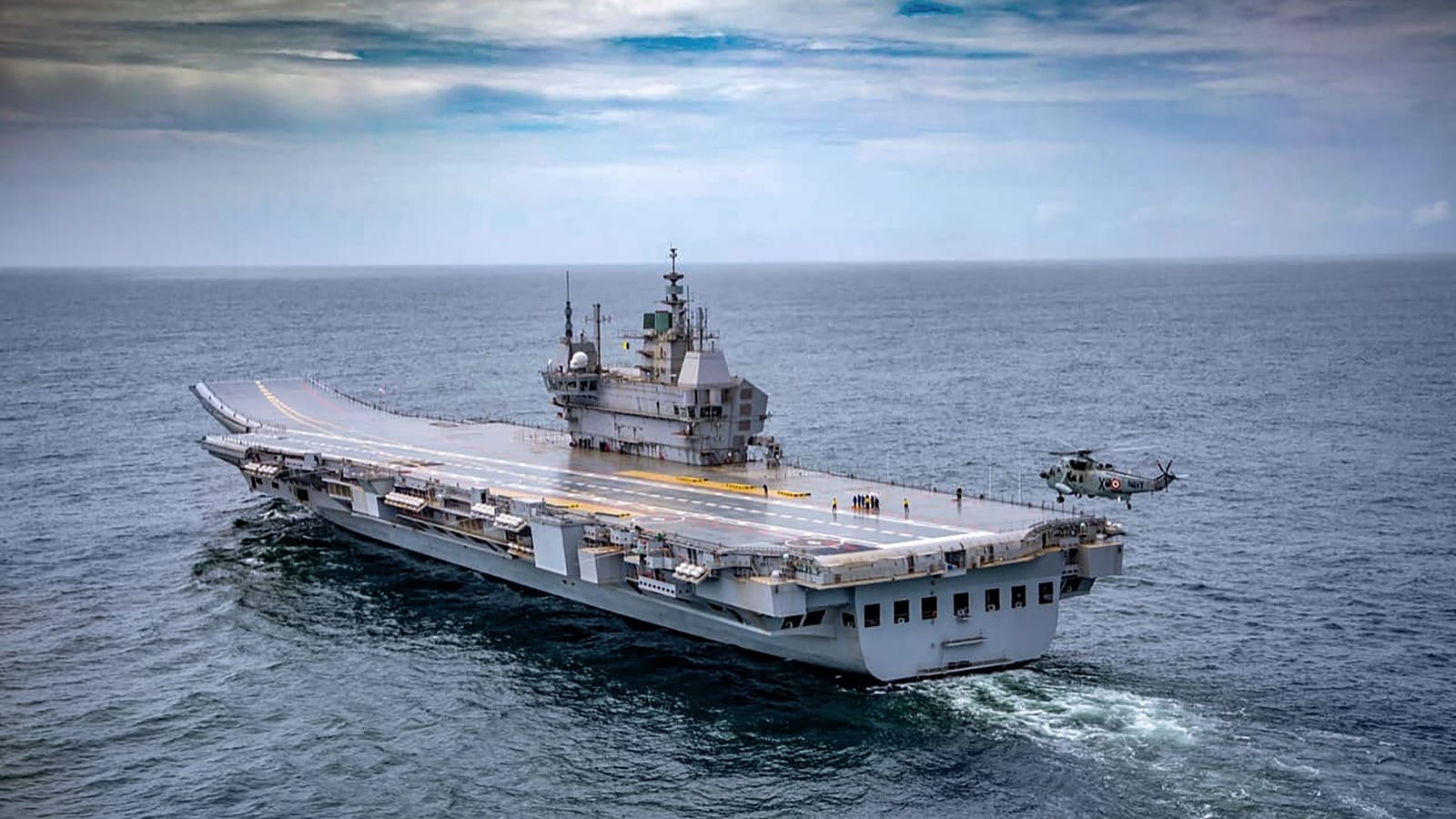
- "India can both have an effect on and help coordinate possible security solutions to problems in the region. Having a naval task group that can work in the open ocean gives India more power and options.
“The INS Vikrant is not just a warship; it is also a sign of India’s skill and ability. It is different and unique.”
With these words, Prime Minister Narendra Modi made history in India by giving the INS Vikrant to Cochin Shipyard Limited in Kerala. It is the first aircraft carrier that was designed and built in India.
The new INS Vikrant, which is named after the ship that came before it, is a complex warship that will improve India’s sea power. When fully loaded, the carrier is 262 metres long and 62 metres wide. It can go as fast as 28 knots and can stay at sea for 7500 nautical miles (NM).
INS Vikrant is an example of Government’s thrust to making India’s defence sector self-reliant. https://t.co/97GkAzZ3sk
— Narendra Modi (@narendramodi) September 2, 2022
It cost an estimated Rs 20,000 crore to build and has the latest technology. It can run an air wing of 30 planes, including MiG-29K fighter jets, as well as Advanced Light Helicopters made in India (ALH).
With this achievement, India joins a small group of countries that are able to make warships this big and complicated. Recent numbers show that there are 46 aircraft carriers in the world, 25 of which are Helo carriers (a warship whose primary purpose is to operate helicopters).
Shaping a Dream Building a Nation
Designed by #IndianNavy constructed by @cslcochin, a shining beacon of #AatmaNirbharBharat, #IACVikrant is all set to be commissioned into the #IndianNavy.#INSVikrant#LegendisBack@PMOIndia @DefenceMinIndia @shipmin_india @SpokespersonMoD pic.twitter.com/RVweCActMW
— SpokespersonNavy (@indiannavy) September 2, 2022
We look at this group of countries and how well they can build ships.
United states
America has been making aircraft carriers for a long time.
The Yorktown class were the US Navy’s first ships that were made to be carriers. It had the Yorktown, the Enterprise, and the Hornet. They were more than 800 feet long, had a crew of 2,900 people, and could carry between 80 and 90 planes.
With World War II coming up, President Franklin Roosevelt ordered the building of two more types of carriers, the Essex-class and the Independence-class. During the war, the US Navy’s strength was built around the Essex-class carriers. The carriers were used for a long time after World War II, and they were always getting better and being changed. Some of them had angled flight decks and could carry jets. Some carriers even went to Vietnam to help. The last ship from the Essex class, which was used as a training ship, was taken out of service in 1991.
America kept making changes to its aircraft carriers as time went on. The US Navy only has 10 carriers from the Nimitz class and one from the Gerald R. Ford class, which was just put into service in 2017.
The US Navy’s new F-35C stealth fighter can be carried on a Ford-class carrier, which is about 1,100 feet long, has a crew of 4,500 people, and can carry 75 planes.
The ships have a lot of new technology and systems, such as the Electromagnetic Aircraft Launch System, which doesn’t use steam but instead uses electromagnetic power.
United Kingdom
During World War I, the United Kingdom tried out the aircraft carrier as a way to move ships. It made HMS Argus, which was the first real carrier with a clear flight deck.
Then came HMS Hermes, which served in the British and Indian navies for a total of 58 years. A Centaur-class flattop with regular engines didn’t go into service with the Royal Navy until 1959. It didn’t even go into service until 1953.
During the Falklands War in 1982, the HMS Hermes led more than 100 British ships to the South Atlantic to take back the islands from the Argentines.
Hermes had a short life after the Falklands. The carrier was taken out of service in 1984 after being fixed up and taking part in an exercise, but that wasn’t the end of its career. The carrier was sold to India in 1986. After some changes, it was given the name INS Viraat and put into service with the Indian Navy in May 1987 at a ceremony in the UK.
There are two carriers in the British Navy right now: HMS Queen Elizabeth and HMS Prince of Wales. Queen Elizabeth and Prince of Wales are both about 920 feet long and weigh about 72,000 tonnes when they are full. The ships use a standard way to move forward.
The HMS Prince of Wales, which cost £3 billion to build, made headlines recently when it stopped working less than an hour after setting sail to train with the US Navy and Marine Corps and the Royal Canadian Navy.
Russia
The Soviets made the Moskva, a ship that can carry helicopters, in 1967. Two years later, they made the sister ship Leningrad. They were anti-submarine ships that weighed 12,000 tonnes and usually had 14 Kamov helicopters on board. In the 1990s, both went out of work.
During the Cold War, the Soviet Union made the Admiral Kuznetsov, which is the world’s largest carrier that runs on regular power.
Kuznetsov was built at the Nikolayev shipyards in Ukraine. It is 1,000 feet long and can hold 58,000 tonnes of water. After the fall of the Soviet Union, the ship didn’t get used much. However, Russian president Vladimir Putin has used the ship as a symbol of Russia’s return to the world stage by sending it to Syria for combat deployments.
It also made the aircraft carriers of the Kiev class. At 899 feet long, the ships were about 85% as long as the new Nimitz-class carriers in the US Navy.
Only one of the Kiev-class aircraft carriers, the Baku, was kept. It was later sold to the Indian government, which turned it into a full aircraft carrier. In the 2000s and 2010s, Russia’s Sevmash shipyards changed it into the aircraft carrier INS Vikramaditya. It is the most important ship in the Indian fleet.
China
China has come a long way since the 1970s, when it said it wanted to make its own aircraft carriers and run them.
In 2016, they changed a Soviet aircraft carrier into the first ship for the Asian giant. This ship was named Liaoning. In 2019, China built Shandong, its own aircraft carrier. Made by Dalian Shipyard, it can move about 66,000–70,000 tonnes and can go as fast as about 31 knots at its fastest.
The Shandong is about 304 metres long, and it can hold 1,900 crew members.
China’s new-generation aircraft carrier, the Type 003 carrier named Fujian, was put into service in June. Planes can take off and land on the deck of the Fujian with the help of electromagnetic catapults and stopping devices. The ship can hold more than 80,000 tonnes of water.
Now, the Fujian will start mooring and going out to sea for tests. With the launch of the Fujian, the People’s Liberation Army Navy is taking another step toward modernization.
France
France has one aircraft carrier in use right now. It’s called the Charles de Gaulle and it’s named after the country’s most respected leader of the 20th century.
The keel of the ship was laid on April 14, 1989, at the DCN Brest naval shipyard in Brittany. The ship was launched on May 7, 1994, and went on its first trip on May 18, 2001.
The ship has a hull length of 261.5 metres (858 feet), a beam of 64.36 metres (211.2 feet), a height of 66.5 metres, and a draught of 9.43 metres (30.9 feet). It weighs 38,000 tonnes. In terms of firepower, the aircraft carrier can hold up to 40 planes, including 24 Dassault Rafale M multirole fighters (before 2016, this role was filled by the Dassault-Breguet Super-Étendard), two E-2C Hawkeyes, two NFH Caiman Marine helicopters, one Eurocopter AS565 Panther, and two AS365 Dauphin (Dolphin) Pedro choppers.
There are rumours that France will now build its second aircraft carrier with better and more advanced technologies.
Forbes says that the new ship will be bigger than Charles de Gaulle and will be able to move up to 75,000 tonnes of water. It is also expected that the new ship will be able to hold more planes.
Japan
When Japan attacked Pearl Harbor in 1941, the country’s six first-line aircraft carriers, the Akagi, Kaga, Sorya, Hiryu, Shokaku, and Zuikaku, were all part of the plan. All of these ships were made by the Japanese, showing even then how good their military was.
After the war, Japan made it illegal for aircraft carriers to be used as offensive weapons.
But 80 years later, Japan said it would turn the helicopter carriers Izumo and Kaga into ships that can launch and recover F-35B Joint-Strike Fighters. This is because Japan is worried about the growing Chinese Navy and the fact that China is building its own carriers.

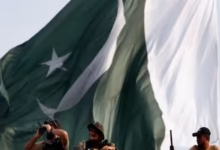
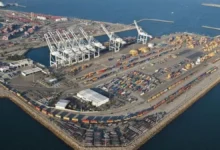

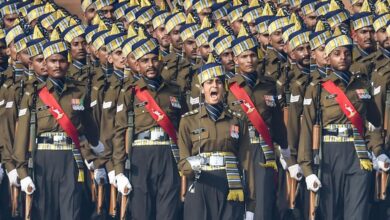
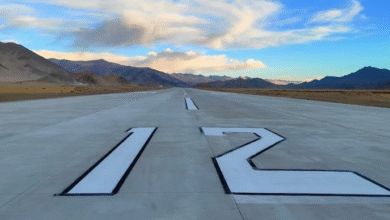

Facebook Comments